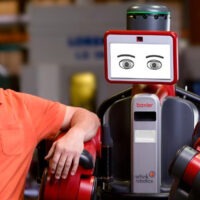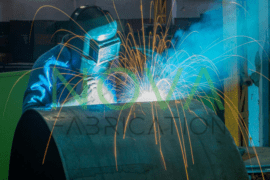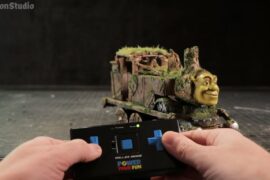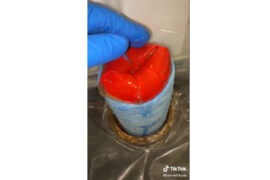Most desktop 3D printers used by hobbyists, such as RepRap and MakerBot, manufacture objects using the ABS ‘extrusion’ method, which is great for producing objects at resolutions at 100 microns on average (like the Replicator 2).
While there is nothing wrong with making objects at that resolution, sometimes projects require increased resolutions that those printers just can’t deliver. In those cases, commercial-grade printers (such as those from 3D Systemes or Stratasys) used to be the answer, however only those with deep pockets could afford to purchase one of those for personal use. But…

OWL’s desktop-sized Nano eschews the typical extrusion method of fabrication for the more refined stereolithography system to print objects. The additive manufacturing process typically employs a UV laser, bounced off a series of mirrors, to ‘melt’ UV-reactive photopolymer resin to create an object.
The process of bouncing that laser off of a series of mirrors often results in ‘beam distortion’, which limits the build to certain resolutions, such as 0.1 microns. That’s unacceptable, especially when we live in a world of refinement! Refinements typically result in better products (consider the smartphone), which is what OWL did with the stereolithography process. Instead of bouncing the laser off multiple mirrors, they positioned it just a centimeter away from the target material, resulting in resolutions as low as 100 nanometers!
You can check more over at Old World Laboratories.






